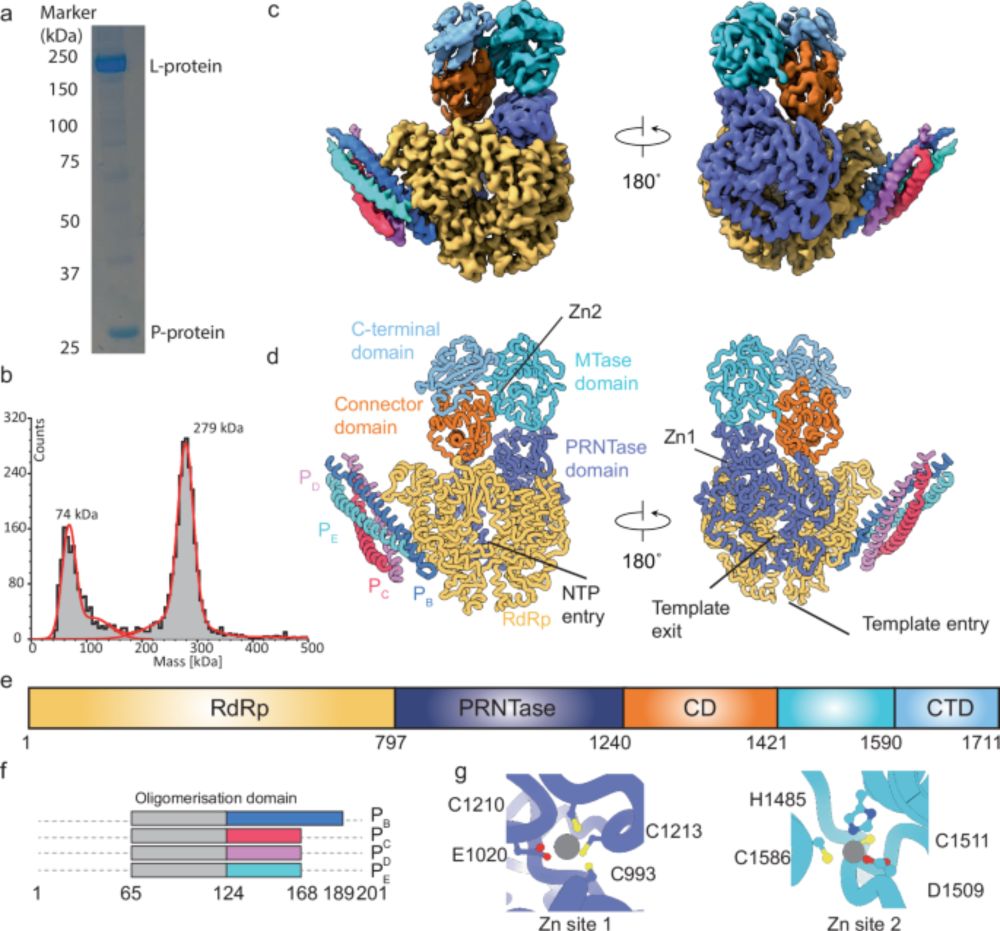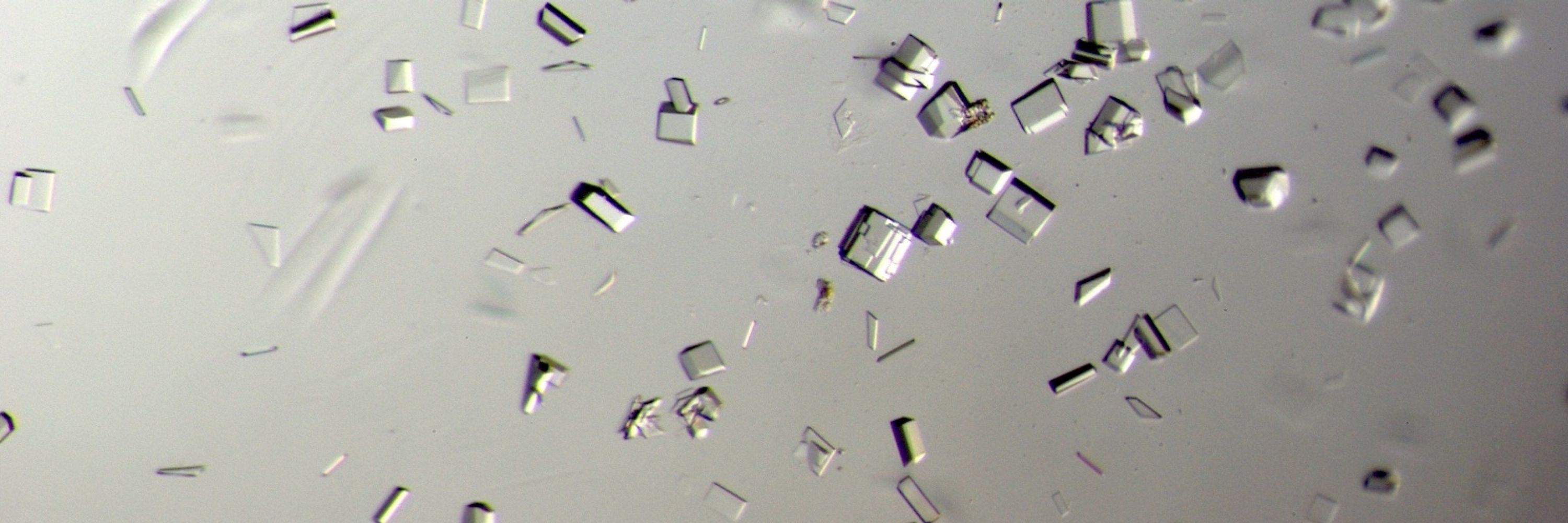Harry M. Williams
@harrywilliams.bsky.social
1.9K followers
770 following
130 posts
Structural biologist currently working on microsecond time-resolved cryo-EM | Currently based in Lausanne at EPFL 🇨🇭
Posts
Media
Videos
Starter Packs
Pinned
Reposted by Harry M. Williams
Reposted by Harry M. Williams
Reposted by Harry M. Williams
Reposted by Harry M. Williams
Reposted by Harry M. Williams
Reposted by Harry M. Williams
Reposted by Harry M. Williams
Mine Altinli
@minealtinli.bsky.social
· Aug 25
Reposted by Harry M. Williams
Jeremy Keown
@jeremykeown.bsky.social
· Aug 13

The structure of the mammalian bornavirus polymerase complex - Nature Communications
Borna disease virus 1 replicates and transcribes its negative sense RNA genome in the nucleus of infected cells. Here, the authors present the cryoEM structures of the large polymerase protein in comp...
www.nature.com












